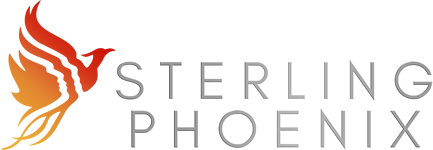Summary
Let’s make this plain: AI isn’t the solution. It’s an amplifier. And if you’re running in circles with better tech—it’s not the tech. It’s the strategy.
We’re in a season of AI gold rush:
- More tools
- More automations
- More dashboards
- More noise
And still—teams are drowning in confusion, duplication, and digital spaghetti. Why? Because most leaders adopted AI as a tactic—not a transformation.
What’s Actually Broken
Here’s what I see every week inside orgs trying to “leverage AI”:
- Teams using 5+ AI tools with no shared workflows
- Repetitive content with no POV or purpose
- Slack threads filled with “Can ChatGPT do this?” instead of “Should we?”
- Zero clarity on how AI aligns with business outcomes
You don’t have an AI problem. You have a lack of operational clarity.
The Truth Most Leaders Avoid
You thought AI would make you faster. But instead, you’re accelerating chaos.
Why? Because speed without direction is just burnout in disguise.
AI multiplies what already exists. So if your systems are misaligned, your messaging is vague, or your team is unclear—AI will just expose it faster.
The Cycle That’s Draining You
- You adopt a few “productivity” tools
- You save time… but create more noise
- You delegate to AI… but lose your voice
- You post more… but convert less
- You panic. Rethink. Add another tool.
Sound familiar? This isn’t innovation. It’s infatuation with shortcuts.
What to Do Instead: Build Strategy Before Tools
1. Decide What You’re Actually Solving
If you’re not solving a real business bottleneck, you’re playing with toys.
Ask:
- Is this about scale? Clarity? Repetition?
- What’s the $10K/hour problem this AI tool is touching?
2. Assign Roles—For You and the Machine
AI is your assistant, not your architect.
Define:
- What AI drafts
- What humans decide
- Where human voice is required
- Where speed matters more than tone
3. Document. Systems. Now.
If your workflow only exists in someone’s head, AI can’t help you.
Build:
- Process libraries
- Input templates
- Prompt systems with clarity on context and purpose
AI needs structure to perform. Otherwise, it’s just a noisy intern with no brief.
Real Strategy = Intentional Integration
Don’t chase shiny apps. Ask better questions:
- How does this tool reduce human error or free up thinking time?
- Does this system protect brand integrity while scaling delivery?
- Where will we measure ROI—and qualitative feedback?
Because the companies winning with AI right now? They’re not using more tools. They’re using fewer, better, and on purpose.
Final Word
If your AI isn’t working, it’s not because the model is flawed. It’s because the leadership is fuzzy. The systems are shaky. The priorities are missing.
Tools don’t create traction. Clarity does. Strategy does. Ownership does.
So before you adopt your next AI platform, ask yourself: What are we really trying to build—and is this tool helping or hiding the truth?

